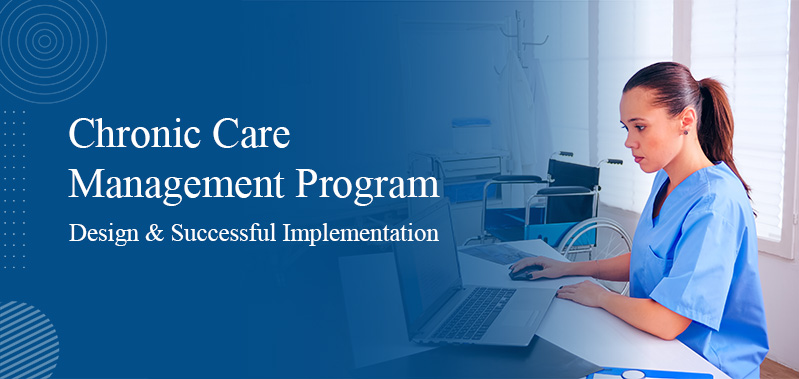
How Pharma Companies Can Gain a Competitive Advantage With Efficient Maintenance Planning and Scheduling
The global pharmaceutical packaging market was valued at USD 45.07 billion in 2023, according to Statista. The industry is projected to grow at a compound annual growth rate (CAGR) of 6.58%, reaching an estimated value of USD 65.63 billion by 2028. Given this steady market growth, it is crucial for pharmaceutical companies to prioritize maintenance planning and scheduling to ensure operational efficiency and sustainability.
So, it’s crucial for pharmaceutical companies to eradicate the interruptions in packaging and operational processes. Therefore, the proper functioning of manufacturing equipment and packaging machines is critical. Maintenance planning and scheduling are essential for maintaining regulatory compliance and product quality, as well as ensuring continuous production. These processes serve as strategic frameworks to uphold accuracy and efficiency in operations, providing a competitive advantage.
Planning and Scheduling in Pharmaceutical
As the pharmaceutical sector is so specialized, scheduling maintenance presents significant issues for pharmaceutical organizations. It is challenging to find and keep qualified workers since running complicated machinery calls for certain knowledge and abilities. Operations are further complicated by maintenance inefficiency and equipment outages. There is no ignoring the additional degree of complexity that comes with pharmaceutical industry regulatory compliance, which is strict and required. Technology is advancing so quickly that regular equipment upgrades are required, which frequently renders outdated systems inoperable and hinders operations.
However, pharmaceutical firms have numerous challenges as a result of these elements together, which makes effective maintenance scheduling and planning essential to their success. In order to achieve continuous manufacturing, maintain regulatory compliance, and guarantee product quality, these issues must be resolved. In a competitive market, efficient maintenance planning and scheduling not only improves operational accuracy and efficiency but also gives a competitive advantage.
Benefits of Efficient Maintenance Planning and Scheduling in Pharmaceutical
Efficient maintenance planning and scheduling are critical components for the success of pharmaceutical companies. In an industry where precision, safety, and regulatory compliance are paramount, robust maintenance strategies provide a significant competitive advantage.
Below are five key benefits of efficient maintenance planning and scheduling in the pharmaceutical sector:
1. Reduce Downtime and Production Interruptions
Efficient maintenance planning minimizes downtime and ensures continuous operations. In the pharmaceutical industry, where production schedules are tightly regulated, and product demand is high, any unplanned downtime can lead to significant production losses and delays.
Well-planned maintenance schedules allow for routine checks and repairs during off-peak hours or scheduled downtimes, minimizing disruptions to the production process. This increased operational time ensures maximum output and consistency, thereby meeting production targets and maintaining supply chain reliability.
2. Improved Equipment Reliability and Longevity
Regular and systematic maintenance ensures that equipment is kept in optimal condition, enhancing its reliability and extending its lifespan. In the pharmaceutical industry, where equipment precision and reliability are crucial, preventing equipment failure is vital.
Maintenance planning identifies potential issues before they become major problems, reducing the risk of unexpected breakdowns. This proactive approach not only prevents costly repairs and replacements but also ensures that equipment operates efficiently for a longer period. By maintaining equipment reliability, pharmaceutical companies can avoid disruptions and maintain a steady production flow.
3. Safety and Product Quality
Efficient maintenance planning and scheduling ensure that machines are regularly checked and maintained, reducing the risk of mechanical failures that could compromise safety and product quality.
Properly maintained equipment operates more smoothly and accurately, reducing the likelihood of accidents and ensuring that products are manufactured to the highest standards. This attention to maintenance not only protects workers from potential hazards but also safeguards the integrity and efficacy of pharmaceutical products, which is critical for maintaining regulatory compliance and consumer trust.
4. Cost Savings Through Equipment Optimization
Efficient maintenance planning and scheduling contribute to significant cost savings by optimizing equipment usage and implementing preventive measures. Regular maintenance reduces the likelihood of sudden breakdowns and costly emergency repairs.
By scheduling maintenance activities strategically, pharmaceutical companies can ensure that resources are used efficiently and downtime is minimized. Preventive maintenance measures help in detecting issues early, allowing for timely interventions that prevent more extensive and expensive repairs. This optimization of resources and reduction in unexpected costs lead to overall operational cost savings, improving the company's bottom line.
5. Enhanced Regulatory Compliance
Regulatory compliance is non-negotiable in the pharmaceutical industry. Efficient maintenance planning ensures that all equipment meets stringent regulatory standards and operates within prescribed parameters. Regular maintenance records provide documented proof of compliance, which is essential during regulatory audits.
By adhering to a well-structured maintenance schedule, pharmaceutical companies can demonstrate their commitment to maintaining high standards of safety, quality, and compliance. This not only helps in avoiding regulatory penalties but also enhances the company's reputation and trustworthiness in the market.





An excellent quick read and worth so much!!